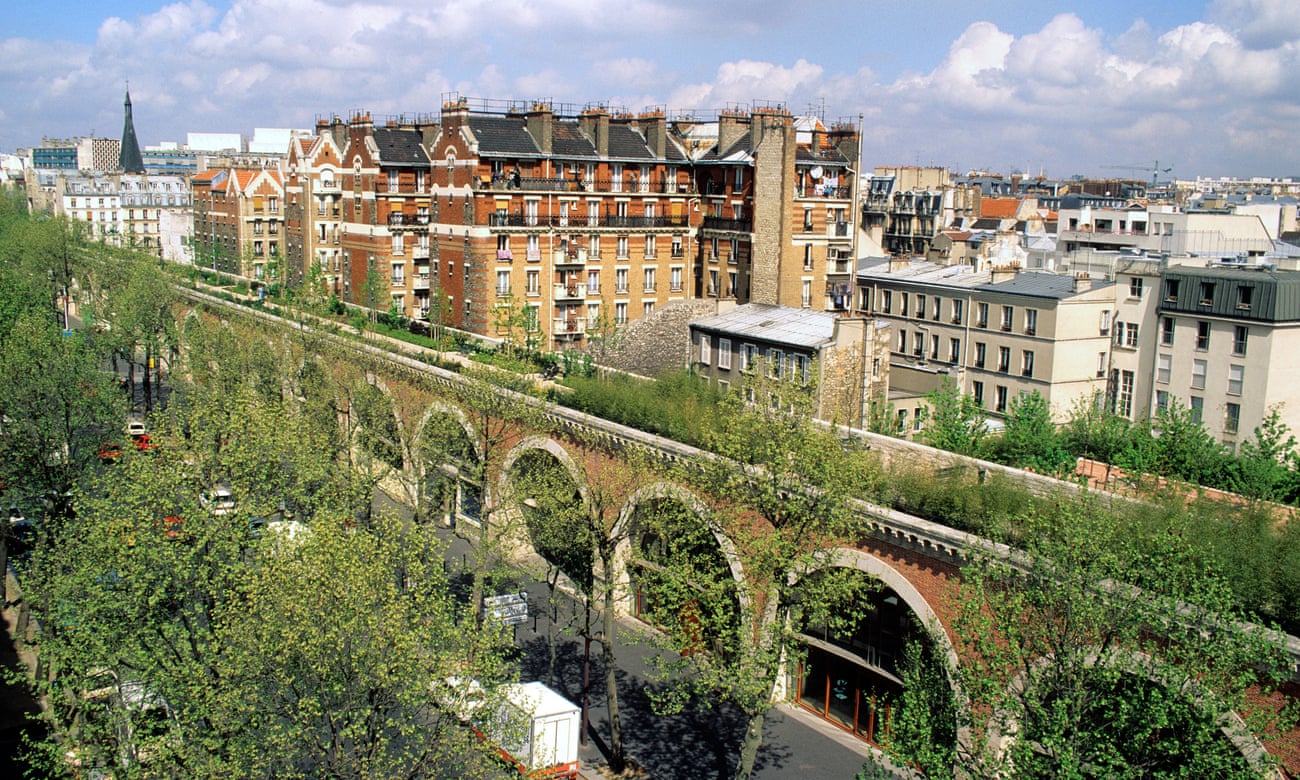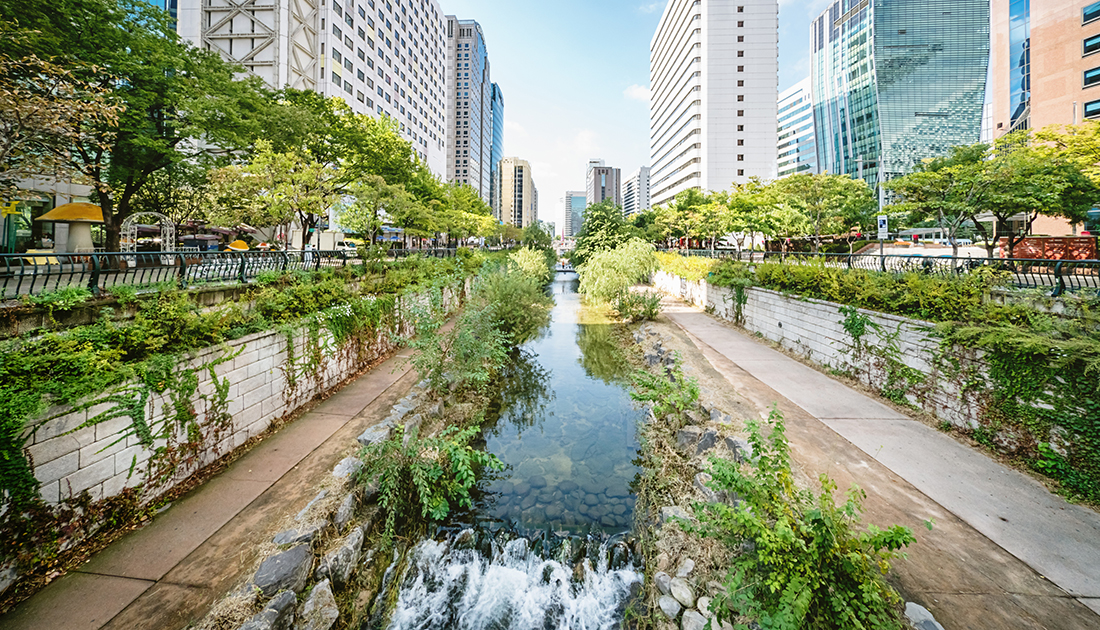I’m working on patron rewards today, but here’s a bit of discussion on what’s been going on in Venezuela:
I’ll write more on this as time goes by, but as is said in this conversation, the US has a long, bloody history of interfering in other countries. Despite the rhetoric often used, that interference is not based on whether or not the leaders of those countries are democratically elected, whether they’re corrupt, or whether they’re good or bad to their people. It is always based on what those in the US government think will benefit corporate profits, and what will interfere with any efforts at creating successful socialist countries.
One of the points made here that I think is worth noting is that about the treatment of heavily armed/militarized countries, and those that focus on other things like social progress first. Those countries that tend to retain their autonomy and resist US coup or invasion efforts are the ones that build up their capacity for violence. People talk about preventing Iran or North Korea from getting nuclear weapons, but the reality is that it only takes a glance at history to realize that as soon as they start to disarm, they will be seen as weak targets by the US military-industrial complex, and a source of profit for blood.
If the US wanted to play a role in increasing peace, and encouraging other countries to treat their people well, then we would be backing regimes like the Morales regime in Bolivia, or the da Silva regime in Brazil, not the brutal thugs who ousted or imprisoned them. We would have supported Gaddafi in Libya for getting rid of his weapons of mass destruction, the way we currently support the brutal Saudi regime, rather than working to oust him. This has nothing to do with whether the leaders were “good people” – Gaddafi, at least by the end of his life, clearly was not. But since the United States, as a country, regularly supports, aids, and enables vicious rulers and militaries all over the world, it’s worth noting who gets that support, and who that support is used against.
The lesson the US seems to be trying to teach the world is that seeking peace, and trying to look after your people rather than build up your security and military, is seen as a threat to the American empire, and will result in a never-ending onslaught of coups, assassinations, sanctions, and invasions.
Unfortunately, life costs money, and my income from this blog has yet to meet minimum wage for the time I put into it. If you can afford to, please consider pledging a couple dollars per month or so through my Patreon. This will help me continue creating and improving this blog by keeping a roof over my head, and food in my carnivorous pets so they don’t eat me. Crowdfunding requires a crowd, so if you can pitch in a little, it would help a great deal!










